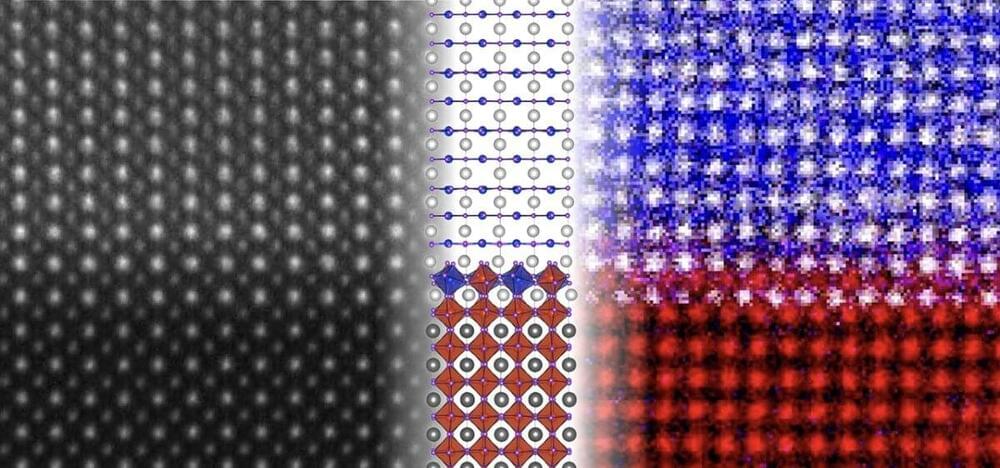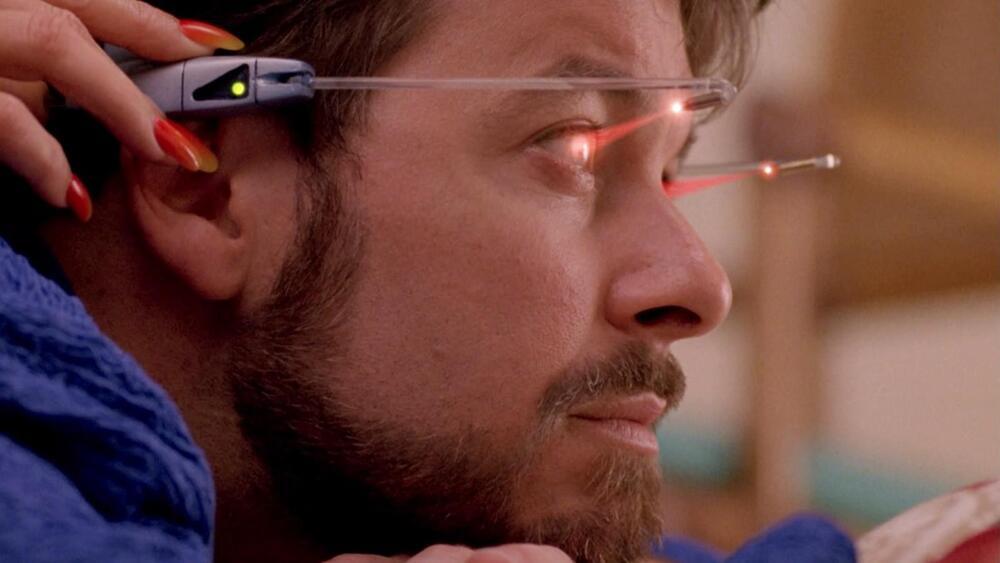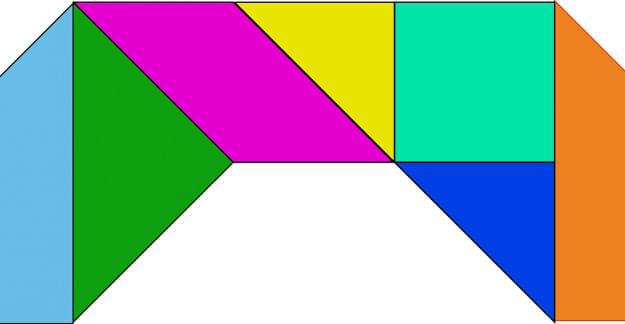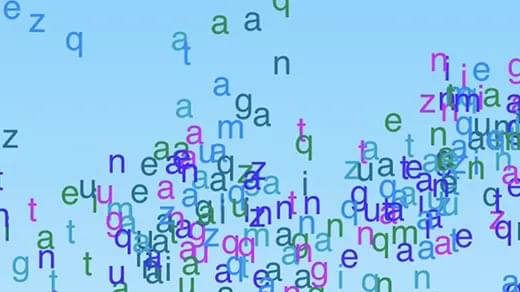Nickelates are a material class that has excited scientists because of its recently discovered superconducting ability, and now a new study led by Cornell has changed where scientists thought this ability might originate, providing a blueprint for how more functional versions might be engineered in the future.
Superconductivity was predicted in nickel-based oxide compounds, or nickelates, more than 20 years ago, yet only realized experimentally for the first time in 2019, and only in samples that are grown as very thin, crystalline films—less than 20 nanometers thick—layered on a supporting substrate material.
Researchers worldwide have been working to better understand the microscopic details and origins of superconductivity in nickelates in an effort to create samples that successfully superconduct in macroscopic “bulk” crystalline form, but have yet to be successful. This limitation led some researchers to speculate that superconductivity was not being hosted in the nickelate film, but rather at the atomic interface where the film and substrate meet.





